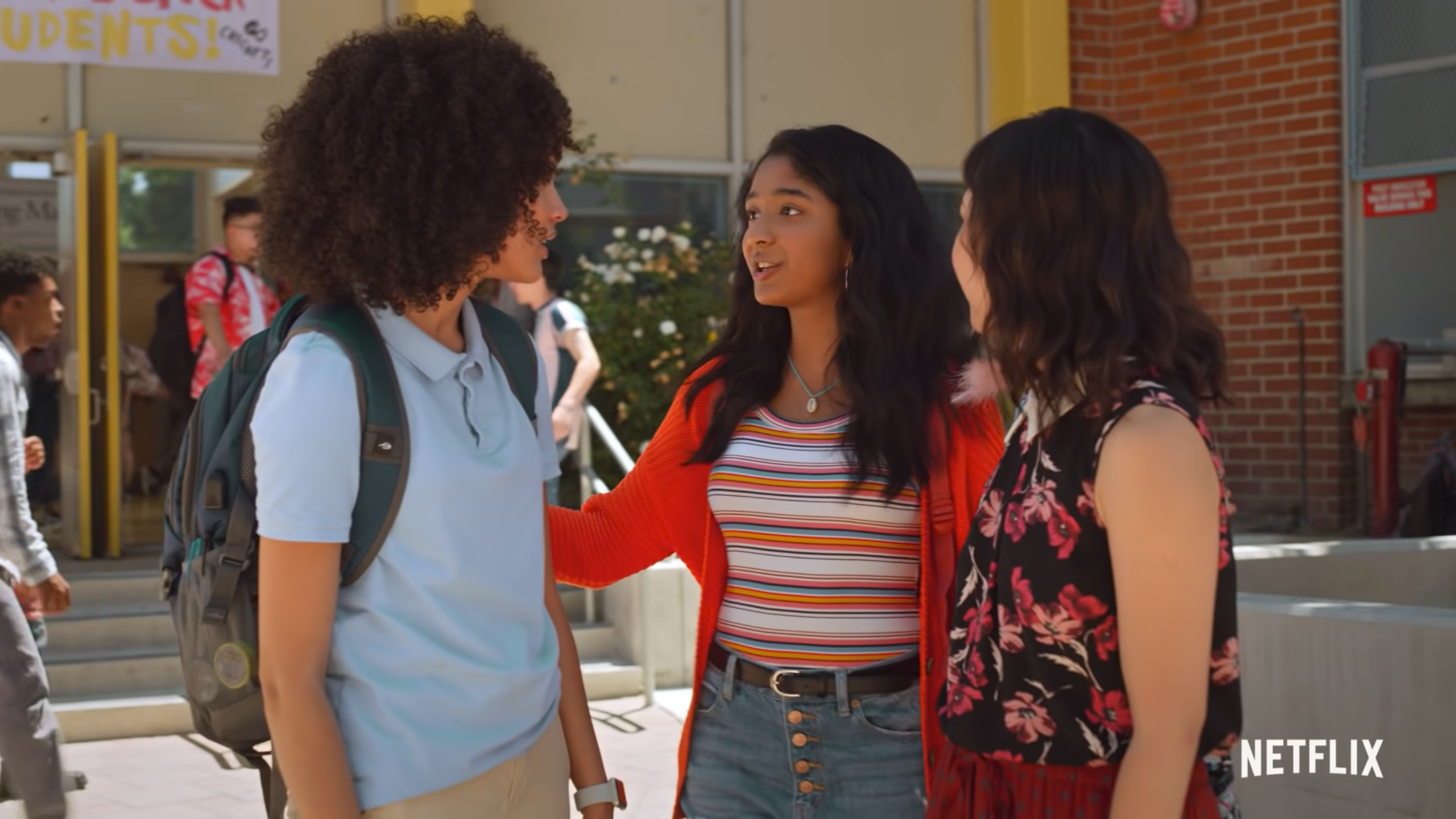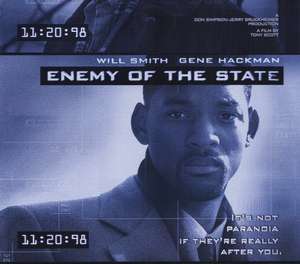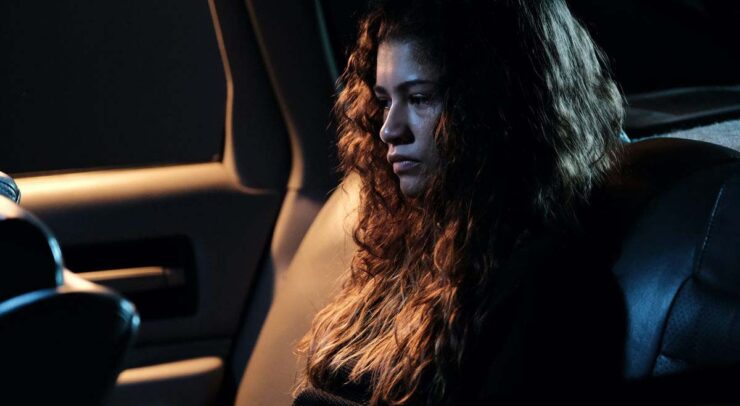BIPOC need to be involved in every place where creative decisions are being made, especially ones about BIPOC stories
Historically, Black, Indigenous, and actors of colour have faced extreme racism, stereotyping, typecasting, and tokenism in the entertainment industry since movies and television were first created. However, in the 21st century, as efforts towards greater representation and diversity are made, it still feels like there’s something missing in attempts to work towards dismantling the obstacles in this system.
Discrimination in the entertainment sector is no longer blatant racial slurs or offensive stereotyping — it comes more subtly and in many different forms, primarily through the racial barriers that prevent BIPOC from advancing especially in this industry.
Through examining the different kinds of stories that BIPOC have traditionally played roles in, we can work to understand the holes that still exist in making films and television more reflective of the world we live in.
Historical pieces
Historical dramas or period pieces are movies and shows which take place in an older era and attempt to illustrate different perspectives and issues from other time periods, which is not a negative thing in and of itself. Unfortunately, the majority of content like this either doesn’t involve BIPOC at all or revolves around the white savior narrative. Stories with the white savior narrative are ones where white characters “help” a non-white character(s) and get praised for doing the absolute bare minimum to support disadvantaged BIPOC, enforcing the idea that they need to be “saved.” This is your The Blind Side, City of Joy, To Kill a Mockingbird, or Dangerous Minds type content.
Historical dramas don’t always have to revolve around Western history, or always have to depict BIPOC in situations of suffering, agony, or oppression. We need more stories about the history of different cultures and non-European monarchies and governments and display different perceptions and worldviews that aren’t Eurocentric. We also need more stories that celebrate the accomplishments of BIPOC in the Western world — like Hidden Figures! This is a way in which BIPOC histories can be shown in a meaningful and representative manner and empower people at the same time.
Stories about the exploration of cultural identity, race, and facing discrimination
Stories that explore cultural identity, race, and facing discrimination are some of the most significant stories told. Not only do they work to provide a deeper sense of understanding towards the challenges that BIPOC face on a daily basis, they also create a culture of understanding and empathy that allows untold narratives to be illustrated in an accessible manner.
Additionally, these stories provide BIPOC audiences relatable characters and plotlines that mimic how they grew up and overcame the struggles they did. It gives kids the chance to see people that look like them on screen and that are going through the same things they are. Some examples of stories like these are Never Have I Ever, One Day at a Time, and Fresh off the Boat.
Normalizing BIPOC leads in all plotlines
I recently saw The Lovebirds starring Issa Rae and Kumail Nanjiani, and I was amazed at how refreshing it was to see two BIPOC characters solving a murder mystery on screen with zero stereotyping or commentary on their race.
How often do we see movies with diverse leads that don’t have race at the center of them but are just fun — and where the BIPOC characters aren’t killed off in the first quarter of the movie? According to a study from the University of California, only 19.8 per cent of leads from 2016 to 2017 were BIPOC. Hey Hollywood, when race doesn’t have anything to do with the storyline, you’re allowed to choose any good actor as the lead.
Essentially, it doesn’t always have to be a commentary on race or racism or discrimination or prejudice or slavery — create a movie with a Middle Eastern lead that doesn’t involve stereotyping the community as a whole, or the struggle of growing up post-9/11. Make a fun superhero movie that shows kids that their entire identity doesn’t have to revolve around their race and the struggles that come with it. Show BIPOC kids that their intelligence, their courage, their humour, and their strength count too, just like they do for Iron Man or Spider-Man.
Writing
The people who write characters and come up with stories are also significant. They affect how the characters are portrayed and whose experiences the story is based on. These are some of the most important voices in the movie and television creative process, as they establish which and how stories are told, and what message to relay.
To put it simply, we need more BIPOC writers to be chosen and heard, especially when writing BIPOC stories. The same UCLA study found that Black, Indigenous, and other writers of colour only made up 7.8 per cent of film writers from 2016 to 2017.
Moreover, it’s so evident and maddening when a character’s background and culture is stereotyped, typecast, or not properly researched — we can tell. BIPOC need to be involved in every place where creative decisions are being made, especially ones about BIPOC stories.
Casting
Discrimination in casting continues to play a huge role in the representation of BIPOC in film and television. Colourism, for example, continues to exist in casting choices. There continues to be inherent bias in favor of light-skinned or white-passing BIPOC, and they are more likely to be selected for roles than dark-skinned actors. Another issue is tokenism, where BIPOC actors are chosen to give the appearance of a ‘diverse’ cast.
Let’s take a look at a few big-name NBC comedy shows: Parks and Recreation, The Office, Brooklyn 99, and The Good Place. All of these Emmy award-winning shows have been commended for their diverse casts, for breaking stereotypes, and for redefining comedy as a whole. But the main characters are all still white: Amy Poehler, Steve Carrell, Jake Peralta, and Kristen Bell. BIPOC are rarely, if ever, the main characters of shows that don’t revolve around cultural or racial identity, and especially shows that are developed by white creators (for example, Dan Goor, Michael Schur, and Greg Daniels are the creators of the shows listed above).
Another thing we often see is stories that originally had little to no people of colour being adapted to involve BIPOC as main characters. An example of this is Halle Bailey being cast as Ariel in the upcoming Little Mermaid film, or Zendaya cast as MJ in the Spider-Man movies. Both are fantastic actors partaking in movies adapted from literature where the original characters were white.
But instead of race-swapping characters and refusing to admit that BIPOC writers and stories were never truly popularized, published or adapted for film and television prior to the 21st century, why don’t we simply create more stories with BIPOC in leading roles from the start?
There is still plenty of work to be done to support and uplift BIPOC in film and television. Simply putting us on television is not enough, and will not eradicate the inadequacies of the entertainment sector.
With greater input from BIPOC, not just on screen, but behind the scenes and with improved quality of roles, we can make this industry truly representative of what each of us experience on a daily basis. With said input, we can properly portray our incredibly diverse world with compelling people from a multitude of racial backgrounds that all deserve to see themselves on screen in an intelligent way.






